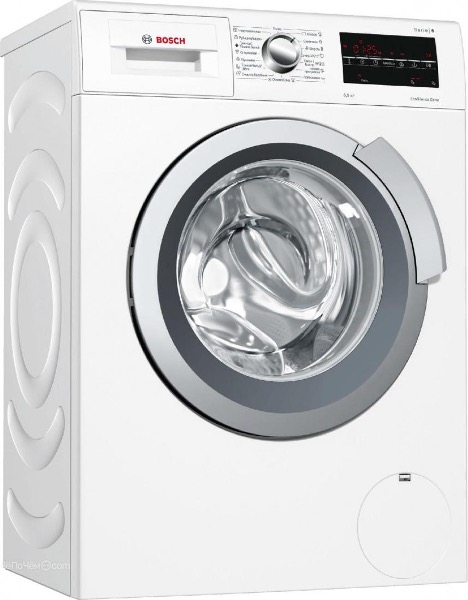How to check the power filter of a washing machine with a multimeter? Disassembly and repair of the surge protector
The main way to check the power filter of a washing machine with a multimeter consists of 2 stages. First, the part is carefully inspected and, if there is no damage, tested with a multimeter. If there is no voltage at the output, the unit has failed and requires replacement. This material describes how to check it and install a new element.
The content of the article
Purpose and types
Before you understand how to disassemble a surge protector, you need to understand its purpose. This is a small device that plays an important role in protecting the washing machine from voltage surges that occur:
- inside the unit itself;
- in an external power supply due to unstable current supply.
Essentially, this is a fuse that blocks any vibrations whose frequency does not correspond to the standard (50 Hz). Even if electricity is supplied to the apartment regularly, peak loads and, conversely, power failures often occur during washing.
As a result, malfunctions of the network filter for write-off may occur; in extreme cases, it may even break, but it will protect the machine itself. The unit protects the unit both from voltage surges and from its reduction.In the latter cases, the engine gets very hot and can burn out, but to prevent this from happening, the surge protector uses previously accumulated energy concentrated in the capacitor.
When discussing how to check the filter in a washing machine, two types of these devices should be distinguished:
- External, that is, a regular carrying case with a shutdown button.
- Internal – built directly into the machine itself. This is a small but important component, without which the unit can burn out.
Internal filters differ in technical parameters, such as load limit, voltage level and the amount of time between the occurrence of a differential and the response.
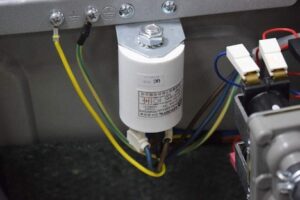
How to check the surge protector
The device is inserted inside the machine, enclosed in a shock-resistant housing. Therefore, in order to figure out how to repair a surge protector, you need to determine its location and remove the panels. The sequence of actions is as follows:
- Turn off the washing machine and remove the plug from the socket.
- Close the tap supplying cold water.
- Take a screwdriver and unscrew the bolts on the panel at the back.
- They look inside and find a small round-shaped part (can be black or white) located on the network cable, that is, in the place to which the power wire goes.
- To determine if the surge protector is faulty, you need to unscrew all the bolts.
- Carefully inspect the part and the wires suitable for it. If melted insulation, dark-colored stains, charred contacts, and even more so an unpleasant odor are detected, there are clearly reasons for the breakdown of the surge protector for disposal, so the part definitely needs to be replaced.
- If there are no external signs, it makes sense to test the part with a multimeter.It must first be switched to buzzer mode.
- Place the probes on the node contacts.
- Resistance indicators at the input and output are measured.
How to replace the filter
If there is no voltage at the output, the unit is definitely not working. Therefore, the question arises of how to change the fuse in the surge protector. To do this, you first need to purchase exactly the same part. They take the old burnt spare part and go to the store with it. When purchasing, pay special attention to 2 indicators:
- maximum pulse overload current;
- maximum current consumption - it must match the power of the washing machine multiplied by the number 2 or 3.
For replacement, the reasons for decommissioning the surge protector are not so important. If it burns out, the voltage is zero, the part must be replaced, since it is impossible to repair it. The sequence of actions is as follows:
- Cut off the terminal block for the output.
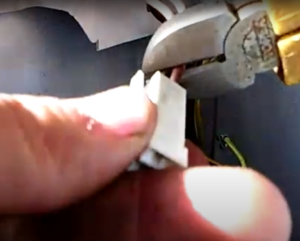
- Clean contacts.
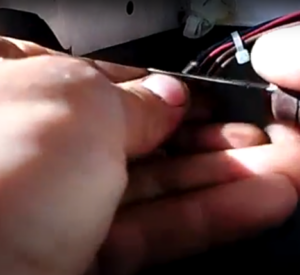
- Since the cause of surge protector malfunction is often associated with a power surge, which causes the wires to burn out, it is necessary to put heat shrink on them.
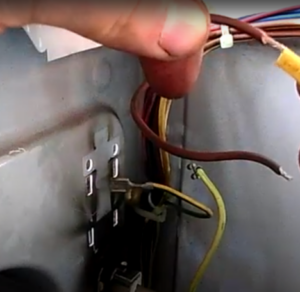
- Place new terminals and secure them with pliers.
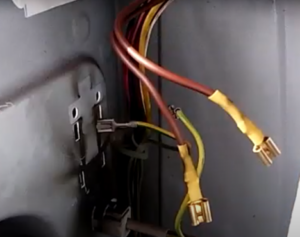
- If necessary, you can add a few more pieces of heat shrink.
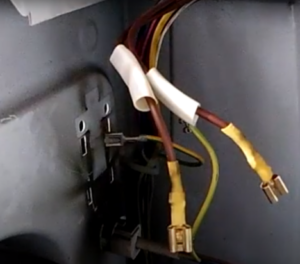
- Next, you need to perform grounding. To do this, the terminals are sawed off with a hacksaw.
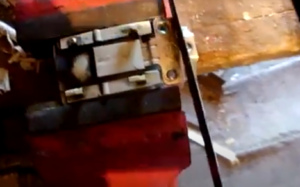
- Drill a hole in the ground terminal.
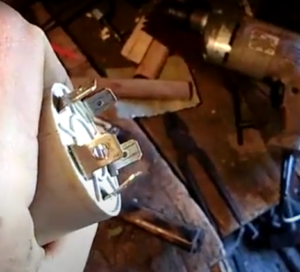
- Place the sawn-off fragment onto the grounding terminal and tighten it with a bolt.
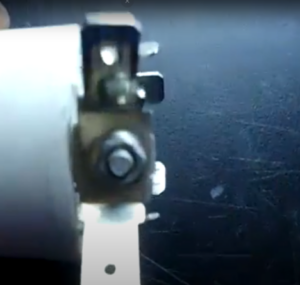
- Since repairing surge protectors is impossible, all that remains is to replace the part. The input wires are connected to the terminals marked “L” and “M”.
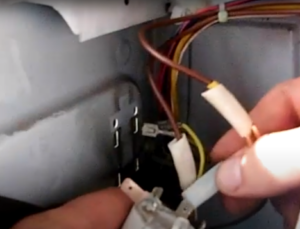
- Output wires – to outputs 4 and 2.
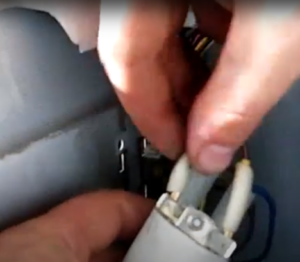
- Grounding wires are connected to the corresponding terminals.
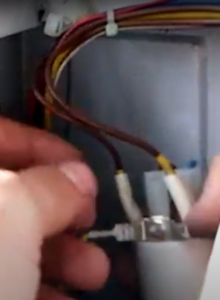
- Attach the filter to the washing machine body from the inside.
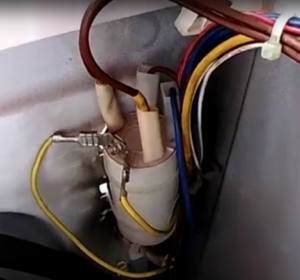
Thus, breakdowns of the surge protector cannot be eliminated for write-off, so the damaged part can only be replaced. If you have the skills, you can do this yourself by first purchasing a similar spare part.




